Author: Andy Carter
There are a number of ways one might measure the success of a beer recipe – how many awards has it won in competition, or what do my friends think of it? For me, one of the truest signs a recipe is successful is how often it gets brewed, not only by the creator of said recipe, but others as well.
Originally designed as a way to propagate yeast for a Double IPA, Brülosophy’s Marshall Schott describes Tiny Bottom Pale Ale as an easy-drinking British/American hybrid with a blend of toasty malt, earthy hops, and clean fermentation. As a testament to the success of this arguably odd recipe, it has been brewed by hundreds of people the world over, many who comment on its unique yet enjoyable characteristics.
While recently looking for something to fill an empty spot in my kegerator, I realized I’d never actually brewed Tiny Bottom, which is a shame considering my role with Brülosophy! I recalled Marshall telling me about a friend of his who made a tasty version of this recipe that was dry hopped with additional Fuggles, so as a fanatical hop-head, I decided to crank things up even more by brewing a double dry hopped Tiny Bottom Pale Ale.
| Making Double Dry Hopped Tiny Bottom Pale Ale |
For this recipe, I started with the original Tiny Bottom recipe and added 2 oz of Fuggles in the dry hop that would be split between two additions.
Double Dry Hopped Tiny Bottom Pale Ale
Recipe Details
| Batch Size | Boil Time | IBU | SRM | Est. OG | Est. FG | ABV |
|---|---|---|---|---|---|---|
| 5.5 gal | 60 min | 33.2 | 8.1 SRM | 1.05 | 1.01 | 5.25 % |
| Actuals | 1.05 | 1.01 | 5.25 % | |||
Fermentables
| Name | Amount | % |
|---|---|---|
| Pale Ale Malt 2-Row | 8 lbs | 78.53 |
| Caramel Malt 15L | 11 oz | 6.75 |
| Vienna Malt | 11 oz | 6.75 |
| Victory Malt | 8 oz | 4.91 |
| Caramel Malt 60L | 5 oz | 3.07 |
Hops
| Name | Amount | Time | Use | Form | Alpha % |
|---|---|---|---|---|---|
| Magnum | 15 g | 60 min | Boil | Pellet | 11.5 |
| Perle | 13 g | 25 min | Boil | Pellet | 8 |
| Fuggles | 15 g | 10 min | Boil | Pellet | 7.3 |
| Fuggles | 15 g | 2 min | Boil | Pellet | 7.3 |
| Fuggles | 29 g | 4 days | Dry Hop | Pellet | 7.3 |
| Fuggles | 29 g | 2 days | Dry Hop | Pellet | 7.3 |
Miscs
| Name | Amount | Time | Use | Type |
|---|---|---|---|---|
| Potassium Metabisulfite | 0.16 g | 0 min | Primary | Other |
| Potassium Metabisulfite | 0.16 g | 0 min | Primary | Other |
Yeast
| Name | Lab | Attenuation | Temperature |
|---|---|---|---|
| House (A01) | Imperial Yeast | 75% | 62.1°F - 70°F |
Notes
| Water Profile: Ca 35 | Mg 5 | Na 8 | SO4 61 | Cl 35 |
Download
| Download this recipe's BeerXML file |
I started my brew day by collecting the full volume of water, adjusting it to my desired profile, and flipping the switch on my BrewZilla 120v system to get it heating up.
I then weighed out and milled the grains.
With the water appropriately heated, I incorporated the grains then checked to make sure it was at my target mash temperature.
When the 60 minute mash was complete, I removed the grains and brought the wort to a boil, adding hops at the times listed in the recipe.
Once the boil was finished, I quickly chilled the wort while transferring it to a sanitized FermTank.
A refractometer reading showed the wort was at the target OG.
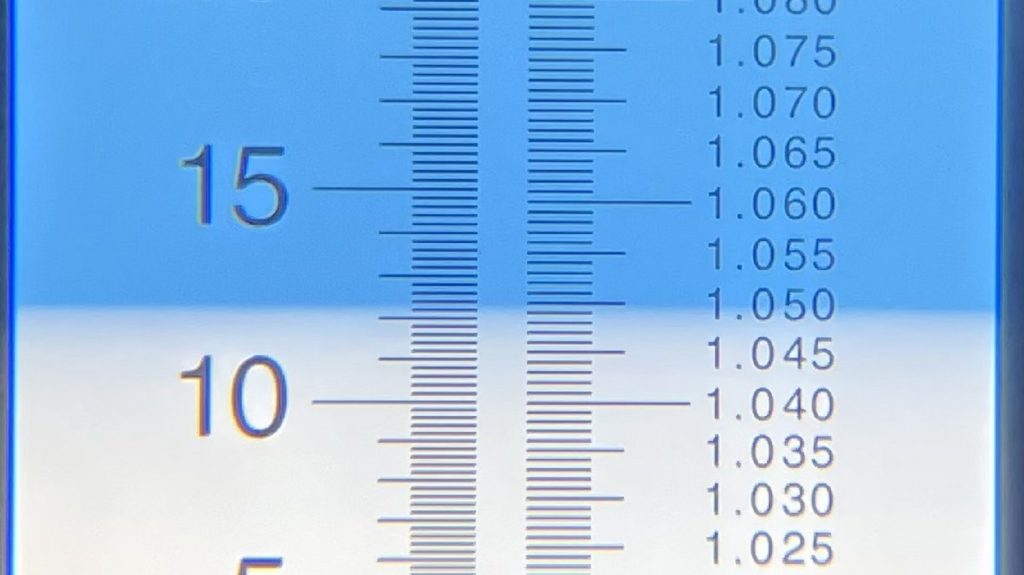
The filled fermenter was placed in my chamber where it was left to finish chilling, at which point I stole some remnant wort to make a vitality starter of Imperial Yeast A01 House.
When the wort was at my desired fermentation temperature of 66°F/19°C a few hours later, I pitched the yeast. A week into fermentation, I added the first dry hop addition, then returned 2 days later to add the second dry hop addition; in order to avoid cold-side oxidation, I added 0.16 grams of potassium metabisulfite (PMB) with each dry hop addition. After another 2 days, I took a hydrometer measurement showing the beer had reached FG.
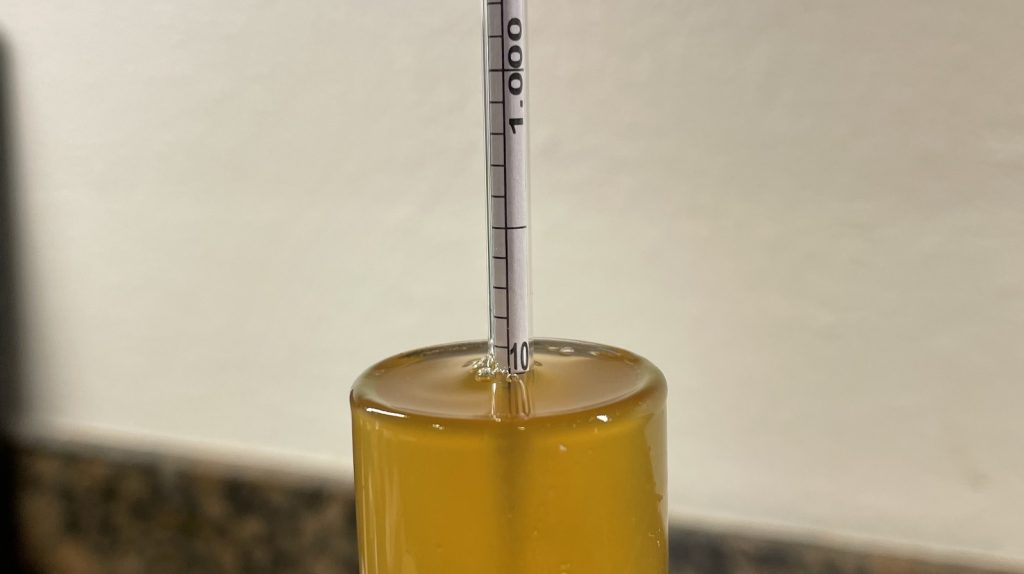
At this point, I pressure transferred the beer to a sanitized and CO2 purged keg.
The filled keg was placed in my keezer and burst carbonated overnight before I reduced the gas to serving pressure. After 10 days of conditioning, it was nicely carbonated, clear, and ready to drink.
| IMPRESSIONS |
Tiny Bottom Pale Ale has earned a reputation as being a recipe that melds British and American characteristics into an enjoyably unique beer. Balancing toasty malt with earthy English hops and a clean fermentation profile, Tiny Bottom maintains its approachability without being too boring, and while there’s certainly nothing bad about this, my preference for hops inspired me to put my own spin on this recipe.
I found my Double Dry Hopped Tiny Bottom Pale Ale to have a nice mix of toast and light caramel malt notes, as expected, which was supported by a pleasant floral hop character that wasn’t nearly as pungent as I thought it’d be. While certainly enjoyable, I found myself craving just a touch more hop character in this beer.
When talking with Marshall about his friend’s dry hopped Tiny Bottom Pale Ale, which was brewed nearly a decade ago, he recalled perceiving fairly strong notes of orange, which I didn’t get much of at all in this double dry hopped version of the recipe. It’s possible this was a function of the crop year of the hops his friend used, or perhaps my larger dry hop addition accentuated the more floral aspects of Fuggles. Either way, I plan on taking another crack at a Double Dry Hopped Tiny Bottom Pale Ale with an even larger dry hop load in the future, as I’m curious to see where this past takes me!
If you have thoughts about this recipe or experience making something similar, please feel free to share in the comments section below!
Support Brülosophy In Style!
All designs are available in various colors and sizes on Amazon!
Follow Brülosophy on:
FACEBOOK | TWITTER | INSTAGRAM
If you enjoy this stuff and feel compelled to support Brulosophy.com, please check out the Support page for details on how you can very easily do so. Thanks!


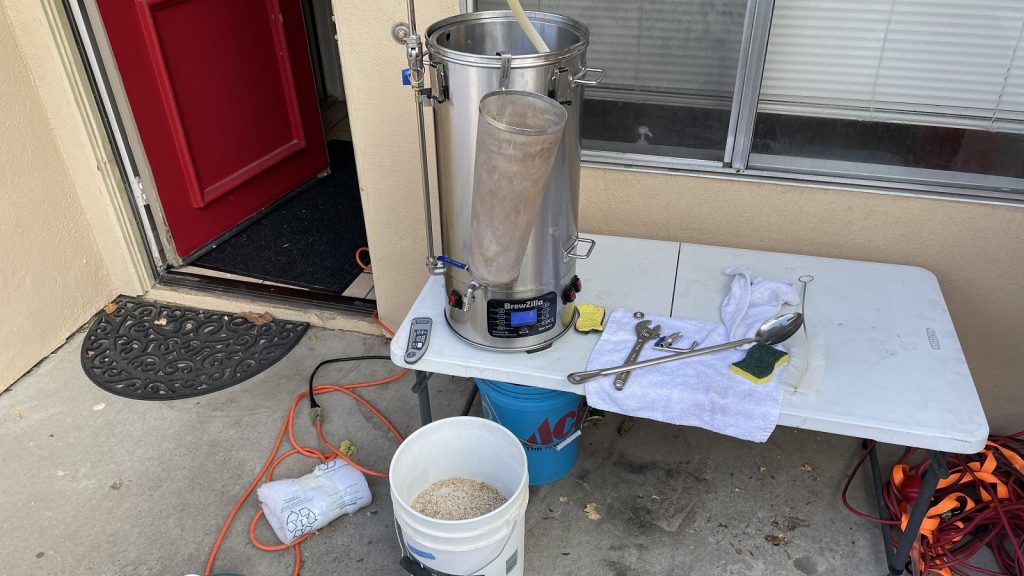
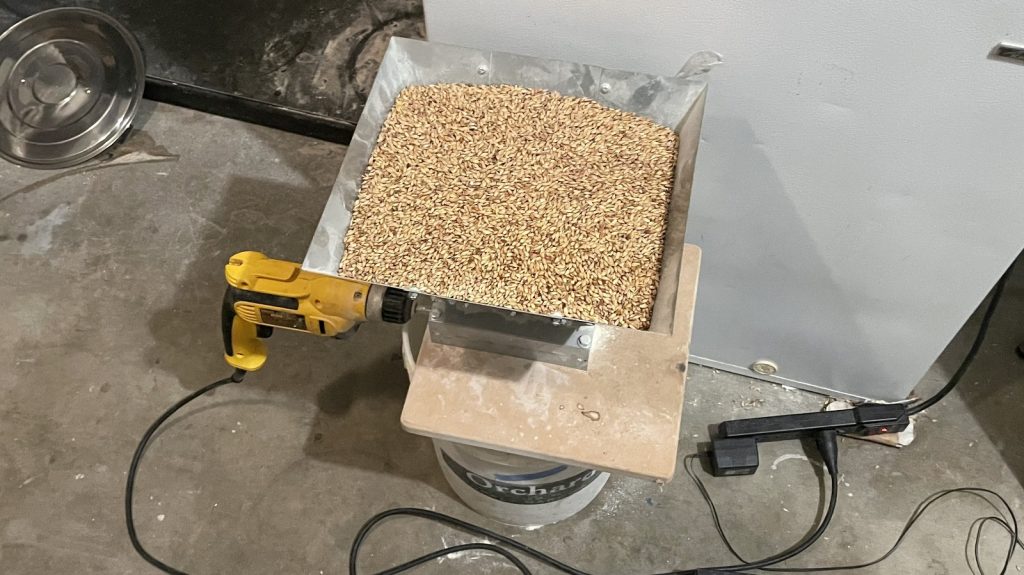
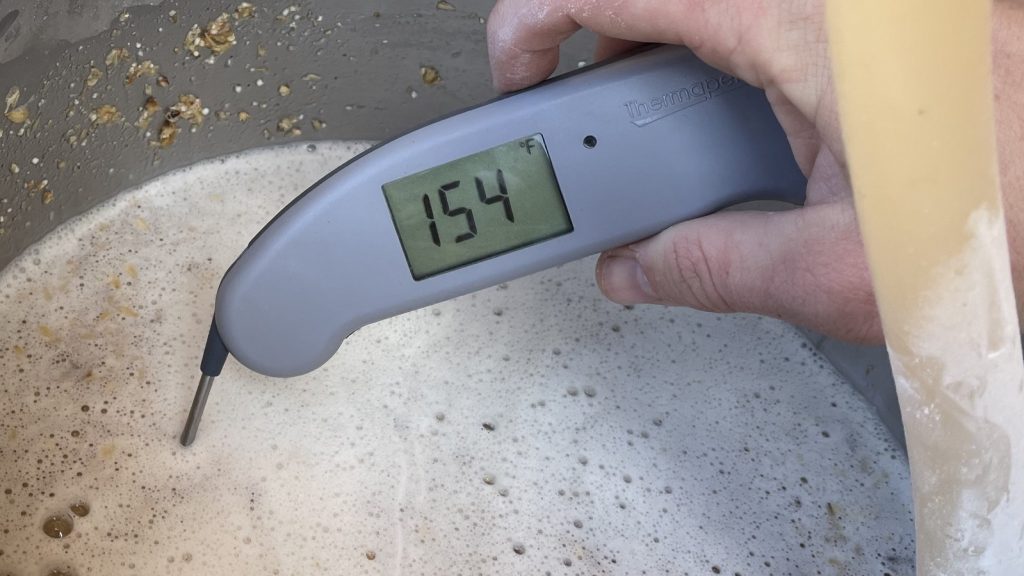
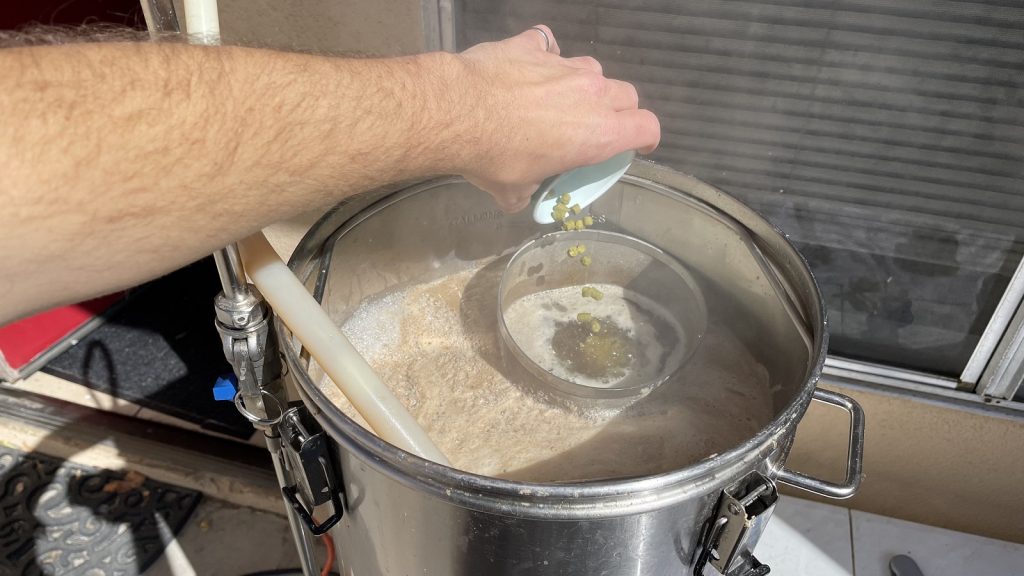
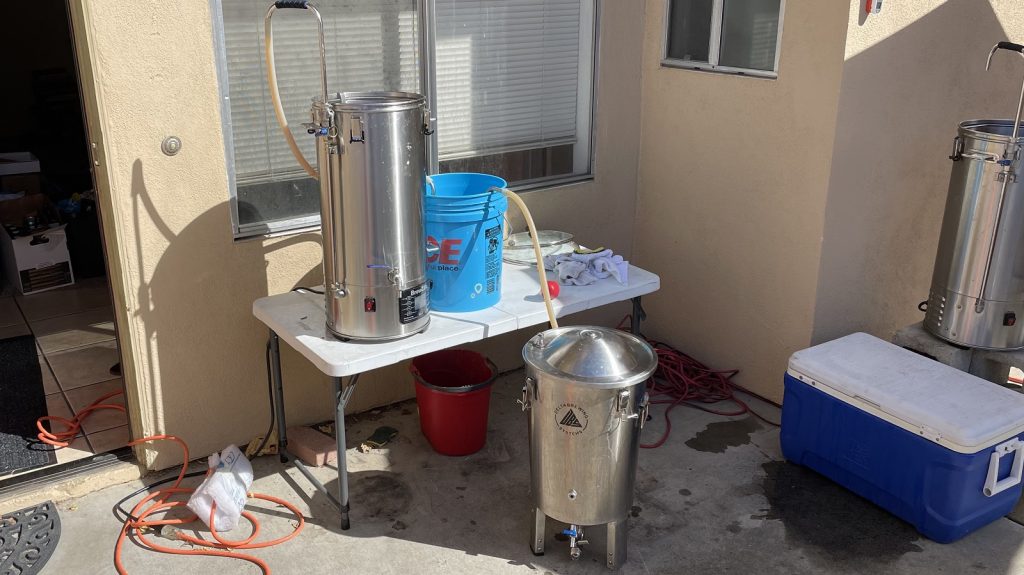
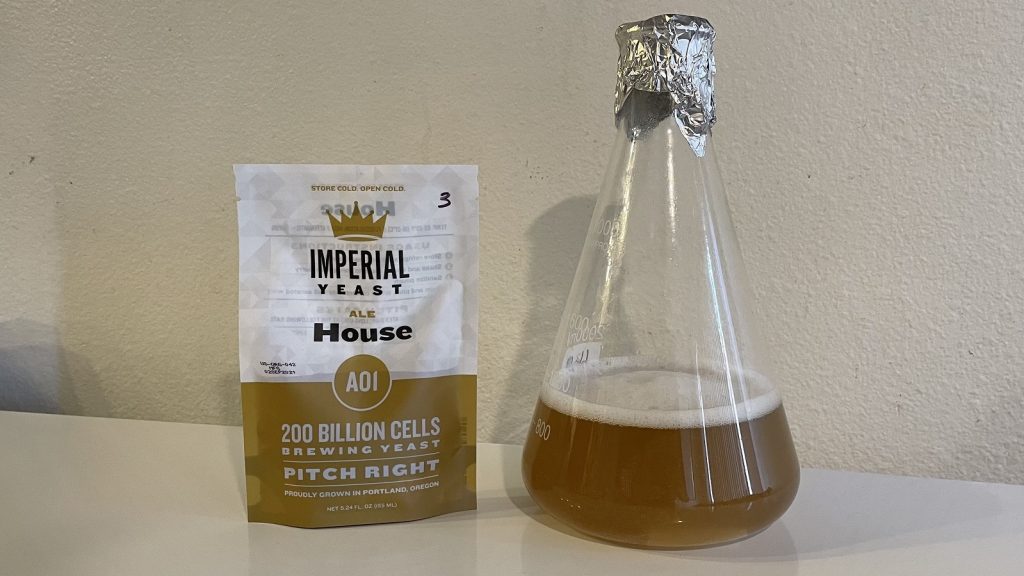
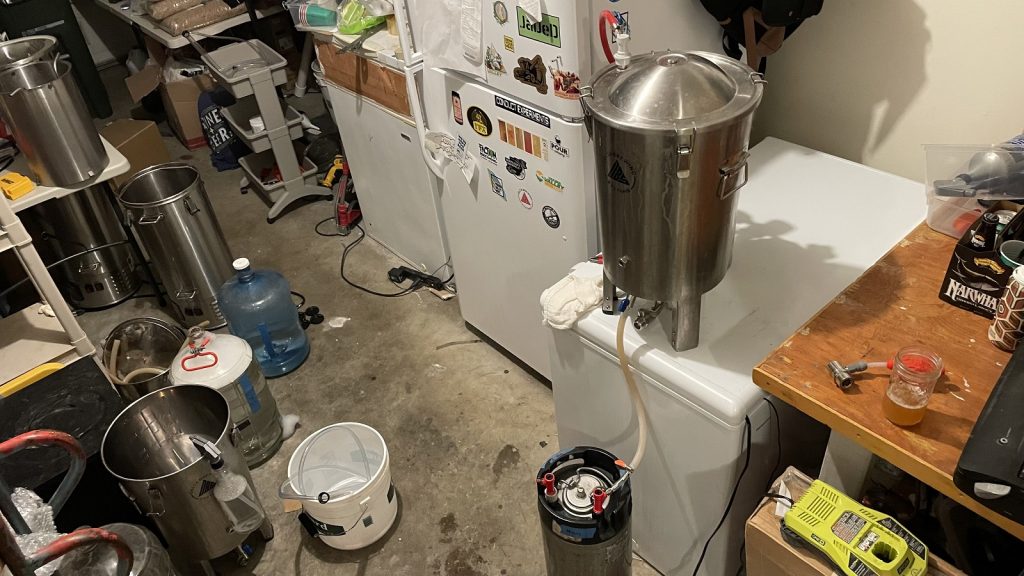
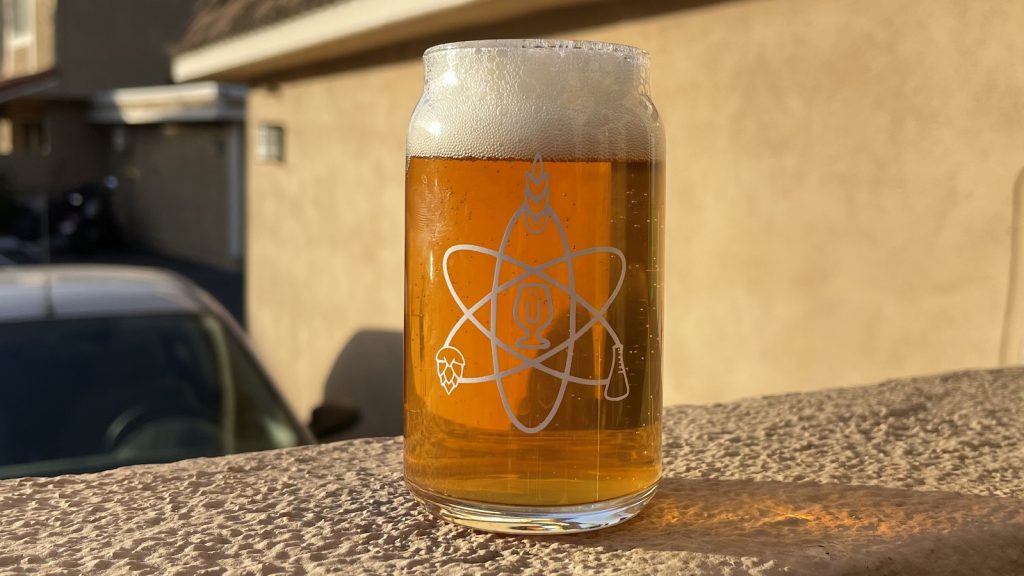











2 thoughts on “Brü It Yourself | Double Dry Hopped Tiny Bottom Pale Ale”
Reads like a delicious, easy-drinking yet characterful beer, more english than american (Fuggles, A01 House)!
As you were craving a slightly hoppier variant I was wondering about the later boil additions. If you want some more hop character, I would suggest increasing the 25, 10 and 2 minute additions as those seem rather small and reduce the 60m-Magnum accordingly. I would not necessarily increase the dry-hop addition since this is not meant to be an IPA but maybe combine the dry hop additions to a single one for simplicity after fermentation is complete (clarity is wanted). For it to be more american-english one could think about maybe changing Magnum to Chinook – the piney, slightly harsher bitterness might play well with the malts and fuggles – but maybe that alters the character too much then.
Have you ever tried this with a yeast with a non-clean profile? I bought Wyeast 1272 American Ale II for my first batch of tiny bottom, thinking it was a cleanly fermenting yeast. Then I looked up the description on the Wyeast website:
“Expect a soft, clean profile with hints of nut, and a slightly tart finish. Ferment at warmer temperatures to accentuate hop character with an increased fruitiness. Or, ferment cool for a clean, light citrus character.”
I just brewed yesterday, so I’m interested to taste how it turns out!